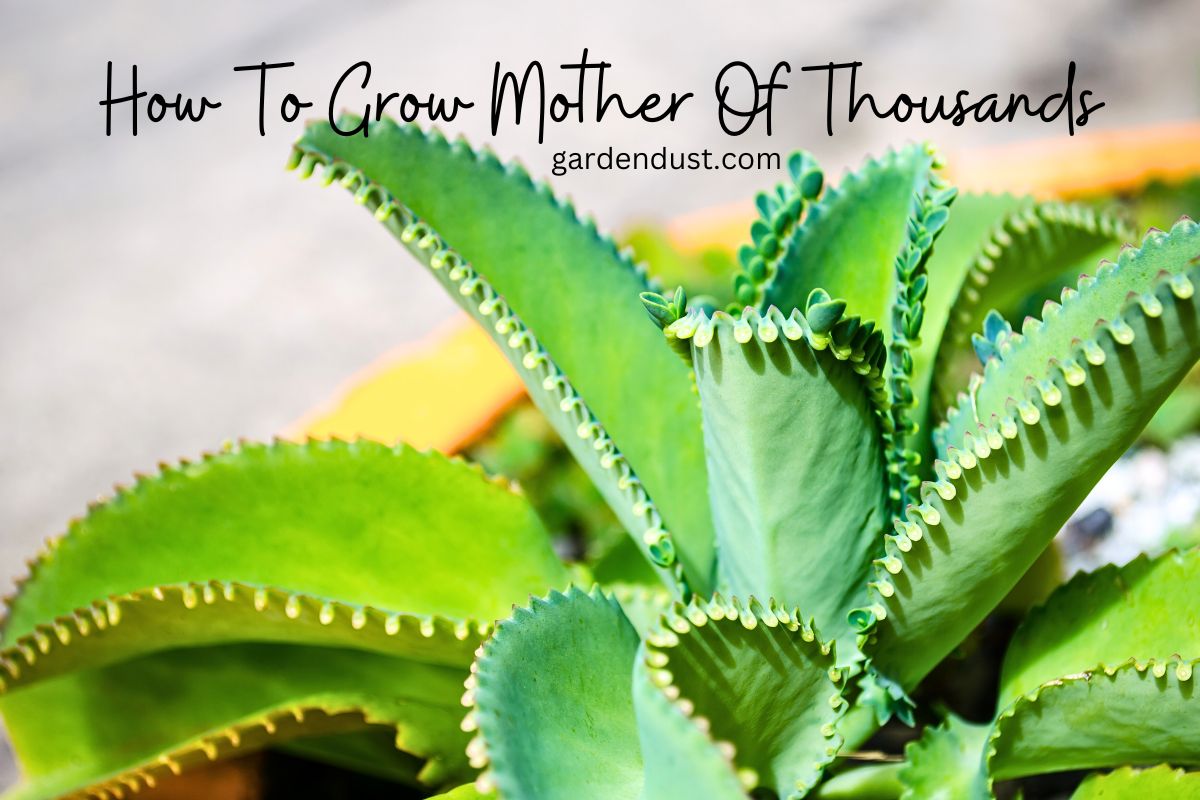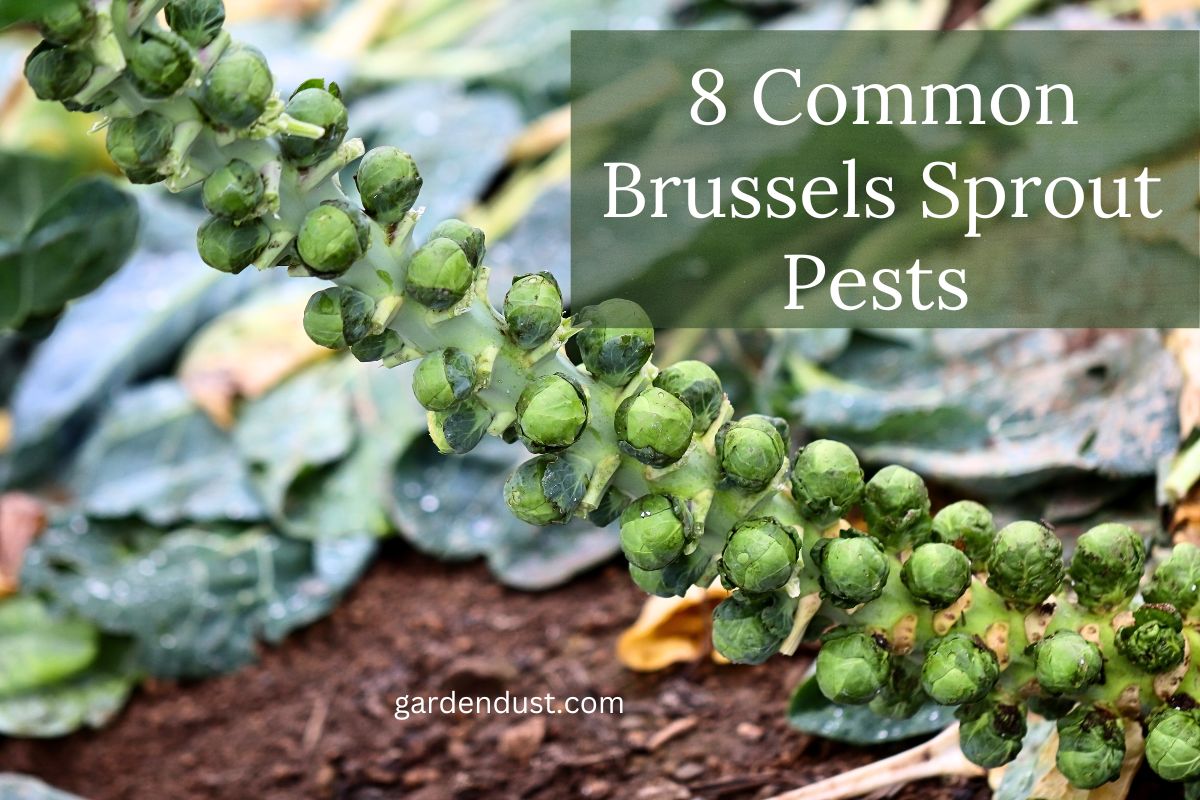Passiflora racemosa is a species belongs to passionflower that is native to the Caribbean, Central America, and South America. It is also known by other common names such as red granadilla, red passionfruit, and water lemon.In this article we will discuss detail about how to grow nd care for Passiflora racemosa. Let’s begin…
This plant can grow as a vine or a shrub, and it produces large, showy flowers with reddish-purple petals and a center that is composed of a corona of filaments and a central style. The fruit of Passiflora racemosa is a berry that is typically 5-8 cm in diameter and contains a juicy pulp that is eaten fresh or used to make juices, jellies, and desserts.
In traditional medicine, different parts of Passiflora racemosa have been used to treat a variety of ailments such as anxiety, insomnia, and digestive problems.
Tips :- It is important to note that there is limited scientific evidence to support the efficacy and safety of these uses, and that Some parts of the plant may be toxic if consumed in large quantities.
Flower Description:-
Colors – White, Pink, Red, Purple
Passiflora racemosa produces beautiful flowers in shades of white, pink, red, and purple. The petals have a distinctive fringed or ruffled appearance, and the center of the flower features a crown-like structure called a corona. The corona is often a contrasting color to the petals, and can range from shades of pink to purple. assiflora racemosa fruit is round, green, and approximately 2-3 cm in diameter when ripe. Fruit contains numerous edible seeds, but is not commonly consumed due to its tart flavor.
Grow And Care
Passiflora racemosa can be grown as a vine or a shrub and requires some care to grow and thrive. Here are some tips on how to care for this plant:
Light:
Passiflora racemosa prefers full sun to partial shade. Provide it with at least six hours of direct sunlight per day.
Water:
Water regularly to keep the soil moist but not waterlogged. It’s important to avoid overwatering, as this can lead to root rot.
Soil:
Passiflora racemosa prefers well-draining, slightly acidic soil. A soil mix that contains equal parts of peat moss, perlite, and vermiculite is suitable.
Fertilizer:
Fertilize Passiflora racemosa with a balanced fertilizer every two weeks during the growing season. Reduce the frequency during the dormant period.
Pruning:
Prune Passiflora racemosa regularly to maintain its shape and control its growth. Cut back any dead or diseased stems and remove any weak growth.
Pests and diseases:
Keep an eye out for common pests such as spider mites, mealybugs, and scale insects. Passiflora racemosa is susceptible to fungal diseases, so avoid overhead watering and provide good air circulation around the plant.
By following these care tips, you can ensure that Passiflora racemosa grows healthy and produces beautiful flowers and fruit.
Propagation
Passiflora racemosa can be propagated by stem cuttings, layering, and seed. Here’s a brief guide on how to propagate this plant:
- Stem cuttings: Take a 6-inch long stem cutting from a healthy Passiflora racemosa plant, and remove the leaves from the lower two-thirds of the stem. Dip the cut end in rooting hormone powder and plant it in a pot filled with moist potting soil. Keep the soil moist and place the pot in a warm, bright location. Roots should start to grow in about 4-6 weeks.
- Layering: Choose a low-lying stem of the Passiflora racemosa plant and bend it gently to the ground. Bury a small section of the stem under the soil and pin it down with a U-shaped wire or a small rock. Keep the soil moist and wait for roots to develop from the buried section of the stem. Once the roots have developed, cut the stem from the parent plant and pot it up.
- Seed: Collect fresh Passiflora racemosa seeds from a ripe fruit and remove the pulp. Soak the seeds in water for a few hours to soften the seed coat. Sow the seeds in a pot filled with well-draining potting soil and cover lightly with soil. Keep the soil moist and place the pot in a warm, bright location. Germination should occur in 2-4 weeks.
With proper care and attention, the propagated Passiflora racemosa plants will grow into healthy, mature plants that produce beautiful flowers and fruit.
Common Disease And Pests
Passiflora racemosa can be susceptible to a number of diseases and pests, including:
- Spider mites: These tiny pests can cause yellowing and browning of the leaves and the appearance of webbing. They can be controlled with insecticidal soap or neem oil.
- Whiteflies: These small insects can cause yellowing and wilting of the leaves. They can be controlled with insecticidal soap or neem oil.
- Mealybugs: These small, white, cottony pests can be found on the leaves and stems of the plant. They can be controlled with insecticidal soap or neem oil.
- Scale insects: These pests can be difficult to see as they are small and flat. They can cause yellowing and wilting of the leaves. They can be controlled with insecticidal soap or neem oil.
- Fusarium wilt: This fungal disease can cause yellowing and wilting of the leaves, and can eventually kill the plant. Infected plants should be removed and destroyed, and the soil should be treated with a fungicide.
- Root rot: Overwatering can cause the roots of the plant to rot. Affected plants may wilt or show yellowing of the leaves. Allow the soil to dry out between waterings, and ensure good drainage.
Preventing these issues can be achieved by providing good cultural care, such as watering appropriately, providing good air circulation around the plant, and removing any dead or diseased material. If problems do arise, prompt action can help to control the issue and prevent it from spreading. Happy Gardening…






